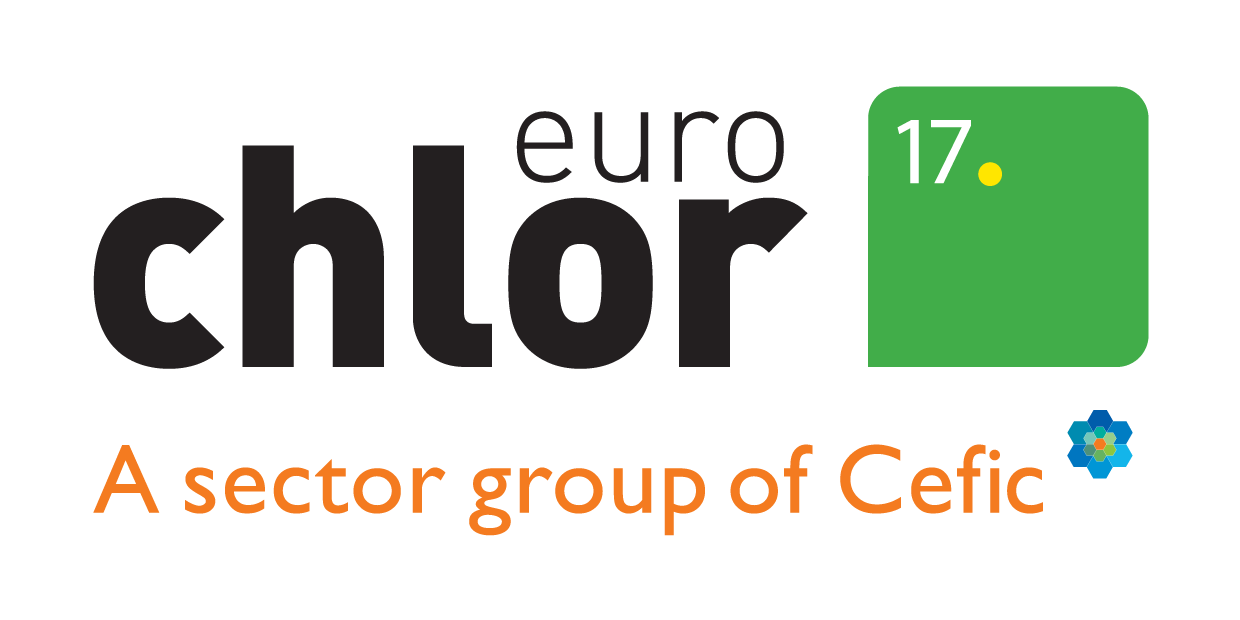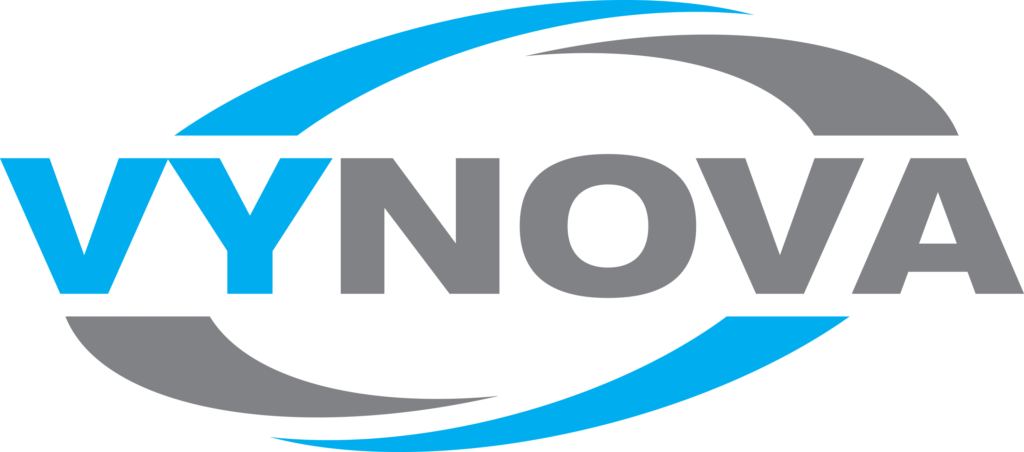What are potassium derivatives?
Another form of alkali in ‘chlor-alkali’ are the potassium derivatives potassium hydroxide (caustic potash) and potassium carbonate.
To make potassium hydroxide, instead of using sodium-based salts (like sodium chloride, NaCl, common table salt), a potassium salt (KCl) is used instead in the electrolysis process. Potassium carbonate can then be produced by reacting potassium hydroxide with carbon dioxide. Both are white solids with a range of uses.
Potassium hydroxide is essential as an electrolyte in batteries, in the manufacture of soaps, in chemical manufacture, fertiliser production, petroleum refining and in de-icing and cleaning solutions. It is also a useful pH balancing agent.
Similarly, potassium carbonate is also useful as a pH buffering agent (such as in foodstuff), as a fire suppressant, in making glass, in welding applications and in animal feed to ensure that farmed animals get enough potassium. These chemicals are supported by the potassium product group of Euro Chlor.

